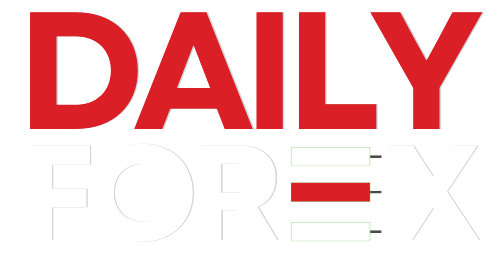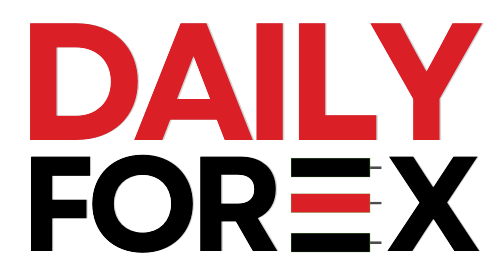Amid growing fears of stagflation and global economic instability, investors worldwide are pivoting decisively toward gold, marking a renewed era of safe-haven demand. According to the latest insights from the World Gold Council (WGC), March witnessed a surge in gold-backed ETF inflows across all major markets — a rare global alignment driven by fears of slowing growth and rising inflation.
A Worldwide Resurgence in Gold Demand
Gold inflows into exchange-traded funds (ETFs) reached 92 tonnes in March, valued at $8.6 billion, pushing the first-quarter total to 226 tonnes worth $21 billion — the second-highest quarterly total ever in dollar terms, surpassed only in Q2 of 2020.
The WGC report notes that North American investors led the charge, accounting for 61% of the monthly inflow, followed by Europe (22%) and Asia (16%). North America added over 67 tonnes in March alone, driven by weakening equity markets, a hawkish Federal Reserve, and persistent geopolitical uncertainty.
European Demand Finally Awakens
After months of lagging behind global trends, European interest in gold appears to have reignited. With 13.7 tonnes added in March, the continent experienced its strongest quarter since early 2020. Key contributors included the UK, Germany, and Switzerland, where investors are reacting to softening growth, central bank dovishness, and the looming threat of U.S. tariffs.
Analysts at the WGC pointed out that despite rising bond yields in countries like Germany, the European Central Bank’s (ECB) recent rate cut and fears of a U.S.-EU trade conflict have renewed interest in gold as a protective asset.
Asia Sees Growing Appetite for Gold
Asian-listed gold ETFs added 9.5 tonnes in March, with China and Japan leading regional flows. Surging gold prices, coupled with uncertainty around escalating global trade tensions and currency devaluation fears, pushed investors toward bullion. In China, recent depreciation of the Yuan added urgency to hedge against future volatility.
Momentum Builds, But Risks Remain
Despite the record-setting performance, WGC analysts remain cautiously optimistic. They acknowledge concerns that the current rally may be overheating, but argue that today’s macroeconomic backdrop is distinct from past peaks in 2011 and 2020.
“The reluctance to sell gold in a time of extreme monetary and geopolitical uncertainty is significant,” the report said. “This rally, while aggressive, has deeper roots in solid fundamentals and investor sentiment.”
The Council further stated that compared to previous gold surges, the current movement appears more resilient. With central banks treading cautiously, inflation stubbornly above targets, and risk appetite diminishing in equity markets, the appeal of it as a store of value has rarely been stronger.
Stay Updated with Daily Forex Pakistan.




